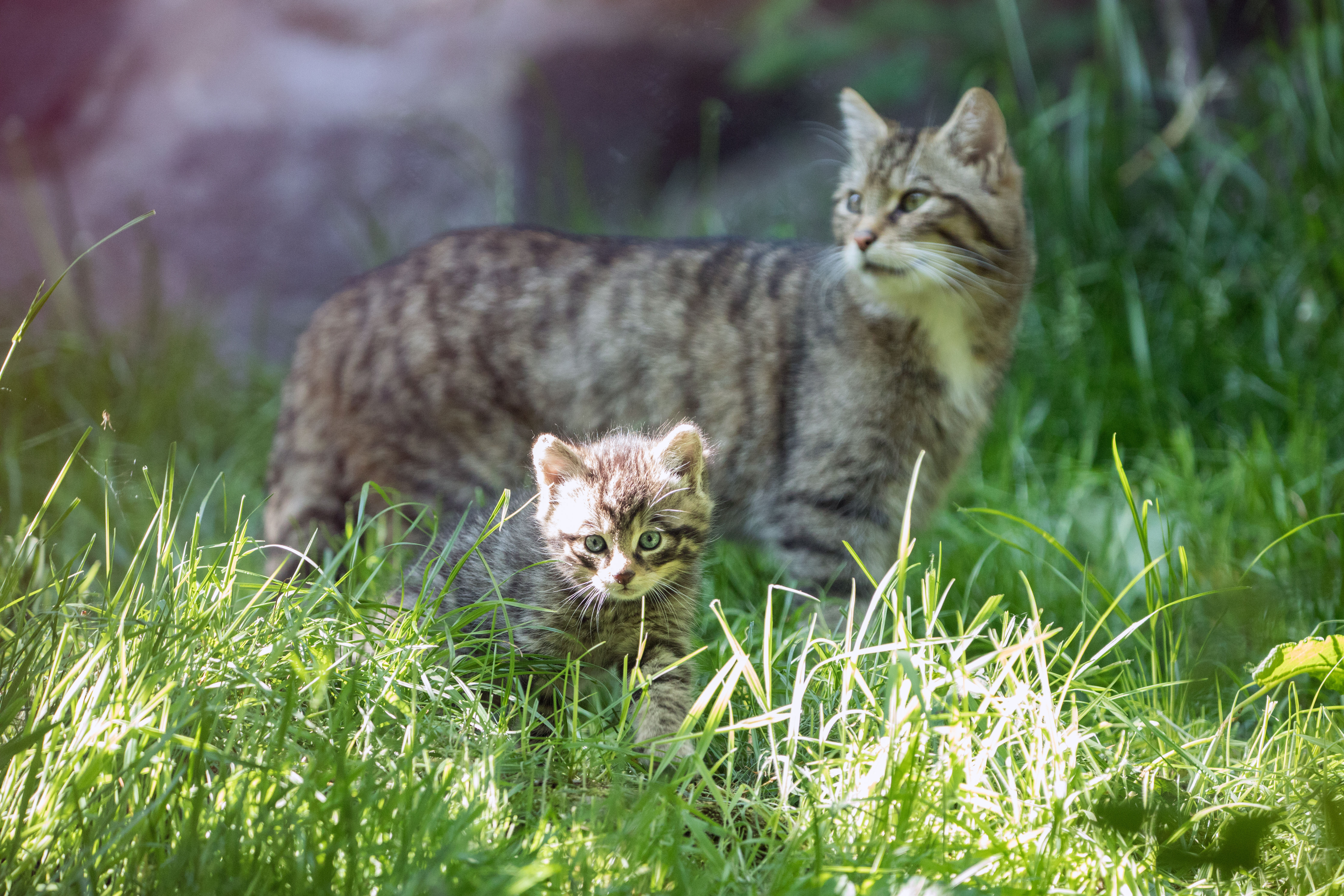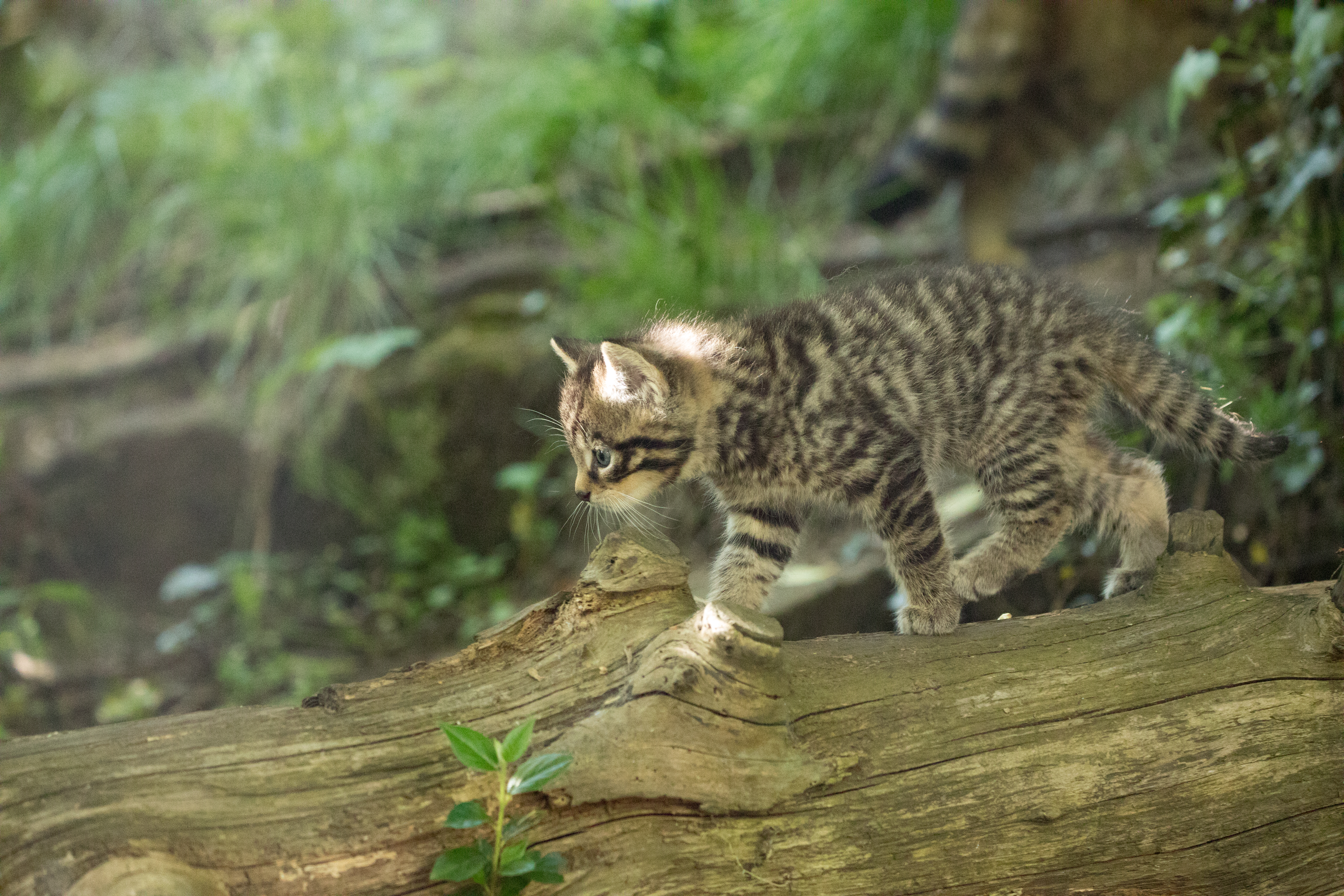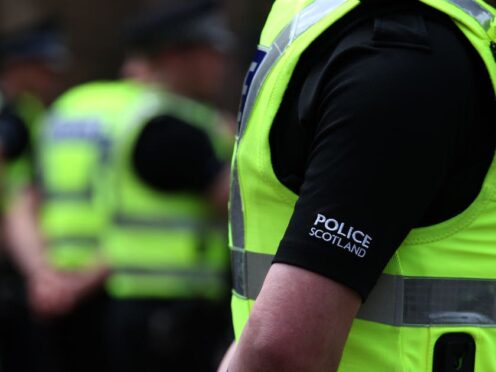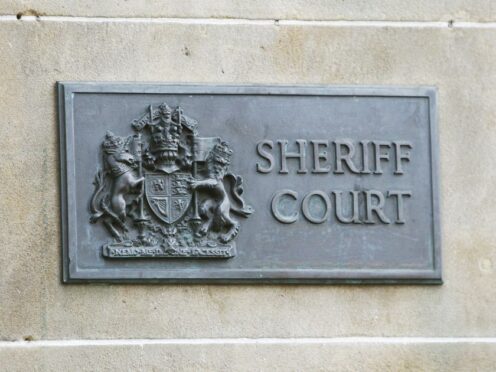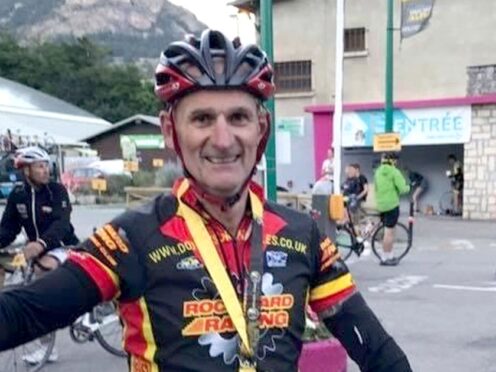Conservation experts have found the “vast majority” of Scotland’s wildcats are in fact hybrids with feral cats.
After testing close to 300 wild-living and captive felines, The Royal Zoological Society of Scotland (RZSS) has concluded that there are “very few” left which meet the genetic or physical standards used to tell the difference between a wildcat and a hybrid.
>> Keep up to date with the latest news with The P&J newsletter
And while those living in captivity have a much stronger gene pool, scientists have conceded that more work is needed to protect the lineage of the species.
Dr Helen Senn, RZSS head of conservation and science, said: “Crossbreeding with domestic feral cats has long been known to be a major threat to the Scottish wildcat.
“We now have genetic data which confirms our belief that the vast majority of Scottish wildcats living in the wild are hybrids to one extent or another.”
Earlier this year, the RZSS Highland Wildlife Park in Kingussie welcomed a litter of wildcat kittens.
The animals were born and now live in a specially-designed habitat out of view of the public to help retain their wild instincts.
Dr Senn added: “While it is disappointing to see such high levels of hybridisation in the wild, it is encouraging that the genetic pool within the captive population is much stronger.”
The findings were published in a paper for the journal of evolutionary applications this morning.
And following this, conservation group Scottish Wildcat Action has commissioned a further to find out how best to protect the species.
Allan Bantick, chairman of the Scottish Wildcat Action Steering Group, said: “It is another example of the Scottish Wildcat Action partnership producing credible, scientific and constructive evidence from its work.
“This and other research carried out by the project has been shared with the world’s leading cat scientists from the International Union for Conservation of Nature cat specialist group, who we have asked to independently evaluate the work of our project and make recommendations.
“We want to ensure we have the best information and advice going forward so that we can preserve the Scottish wildcat for future generations.”
